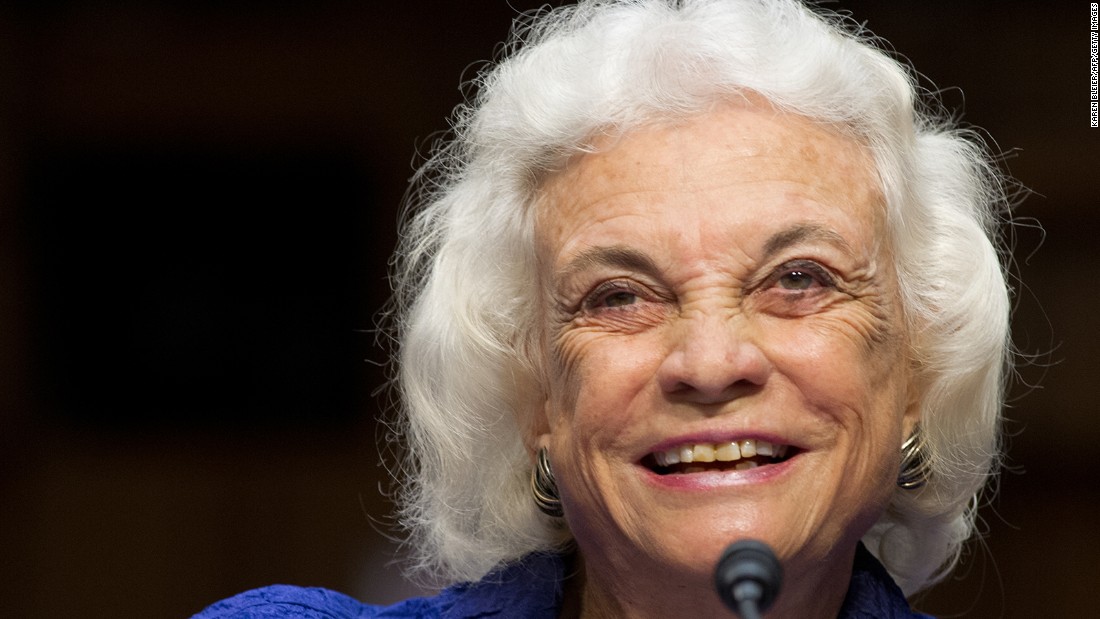

Prior to this decision, justices had erred on the side of caution and ruled such controversies as beyond the authority of the Supreme Court.Īs this more political bench emerged, O’Connor placed herself at the center, and thus became one of the most powerful justices at the time.

Steeped in controversy, the opinion served to determine the outcome of the 2000 presidential election by stopping the re-count of the Florida electoral ballots and upholding the state’s ruling in favor of Bush. Gore has been cited as evidence for this politicization of the bench. These hearings, argue Gross and Vieire, became the lens through which subsequent proceedings would be viewed, and created a public perception of the Court that was more highly politicized. The process lasted nearly 87 hours, with Bork himself testifying for more than 30. President Reagan’s 1986 nomination of Bork to the Court, they write, was met with unprecedented opposition that played out during his confirmation hearings. Scholars Norman Gross and Leonard Vieire point to the nomination proceedings of Judge Robert Bork as the impetus for this shift. Such politicized discussions of O’Connor’s jurisprudence coincided with a more general politicization of the Supreme Court in the waning years of the last century. Casey – striking down a Pennsylvania law requiring spousal awareness for an abortion – O’Connor established herself as the Court’s key swing vote.Īs she entered the second half of her tenure on the Court, journalists began to identify O’Connor as a moderate, and by the last quarter of her judicial career, she was regularly described as a centrist, a moderate centrist, and even, as Lyle Denniston wrote in 1999 for the Baltimore Sun, a “moderate establishment progressive.” From 1993 to 2005, more than a quarter of all Time and Newsweek articles discussing Justice O’Connor labeled her as a swing voter. However, as her judicial experience progressed, critics and supporters alike began to take note of the justice’s burgeoning independent streak, and by 1992, with her decisive fifth vote in Planned Parenthood v. Throughout her early years on the bench, journalists and commentators consistently described O’Connor as a “classic conservative.” As Chicago Tribune staff writer Stephen Chapman wrote in 1986, she was a member of a three-member conservative bloc, voting alongside Rehnquist and the newly nominated Antonin Scalia, set to replace Chief Justice Burger. Bush.Īs President Ronald Reagan’s first appointee, Justice O’Connor joined the bench in 1981 as the first female justice to sit on the nation’s highest court.Īt first, progressives around the country applauded the appointment, but feminist enthusiasm quickly cooled when, in her first year on the Court, O’Connor earned a reputation for joining the well-established conservative alliance between Justices Warren Burger and William Rehnquist. On July 1, 2005, Justice O'Connor announced her retirement in a letter to President George W. It was on this day that Sandra Day O’Connor announced her retirement from the U.S.


 0 kommentar(er)
0 kommentar(er)
